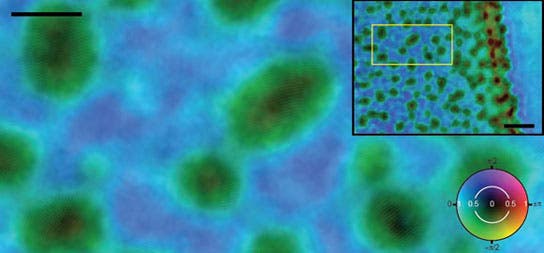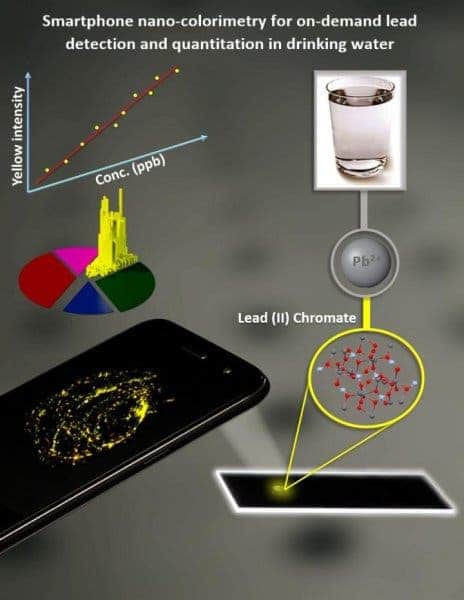Since they were first introduced more than 70 years ago, electron microscopes have aided researchers from a diverse array of fields of science reach some of the world’s greatest scientific breakthroughs – most often they’ve been considered indispensable. They’ve well reached their limits, however, and University of Sheffield researchers sought to find an alternate route for sub-atomic imaging.

After three years of hard work, the scientists reached a breakthrough, after they developed a new method, called electron ptychography, which they claim will lead to highest resolution images in the world. The findings were published in the journal Nature Communications.
The scientists scrapped the electrostatic and electromagnetic lenses used by the conventional electron microscope, and instead chose to reconstruct scattered electron-waves after passing through the sample using computers. The new technique allowed for a five-fold increase in resolution over the electron lens. The researchers are confident enough to claim their breakthrough will transform sub-atomic scale transmission imaging.
Project leader Professor John Rodenburg, of the University of Sheffield´s Department of Electronic and Electrical Engineering, explains how the electron ptychography microscope works.
“We measure diffraction patterns rather than images. What we record is equivalent to the strength of the electron, X-ray or light waves which have been scattered by the object – this is called their intensity. However, to make an image, we need to know when the peaks and troughs of the waves arrive at the detector – this is called their phase.
“The key breakthrough has been to develop a way to calculate the phase of the waves from their intensity alone. Once we have this, we can work out backwards what the waves were scattered from: that is, we can form an aberration-free image of the object, which is much better than can be achieved with a normal lens.
“A typical electron or X-ray microscope image is about one hundred times more blurred than the theoretical limit defined by the wavelength. In this project, the eventual aim is to get the best-ever pictures of individual atoms in any structure seen within a three-dimensional object.”
Besides the obvious high resolution capabilities, when coupled with visible light the new microscope allows scientists to image living cells very clearly without the need to stain them, a process which usually kills the cells. Also, the living organisms can be imaged directly through their culture containers, like petri dishes or flasks, and thus offer the opportunity to study them as they develop without disturbing.
source – Sheffield University






